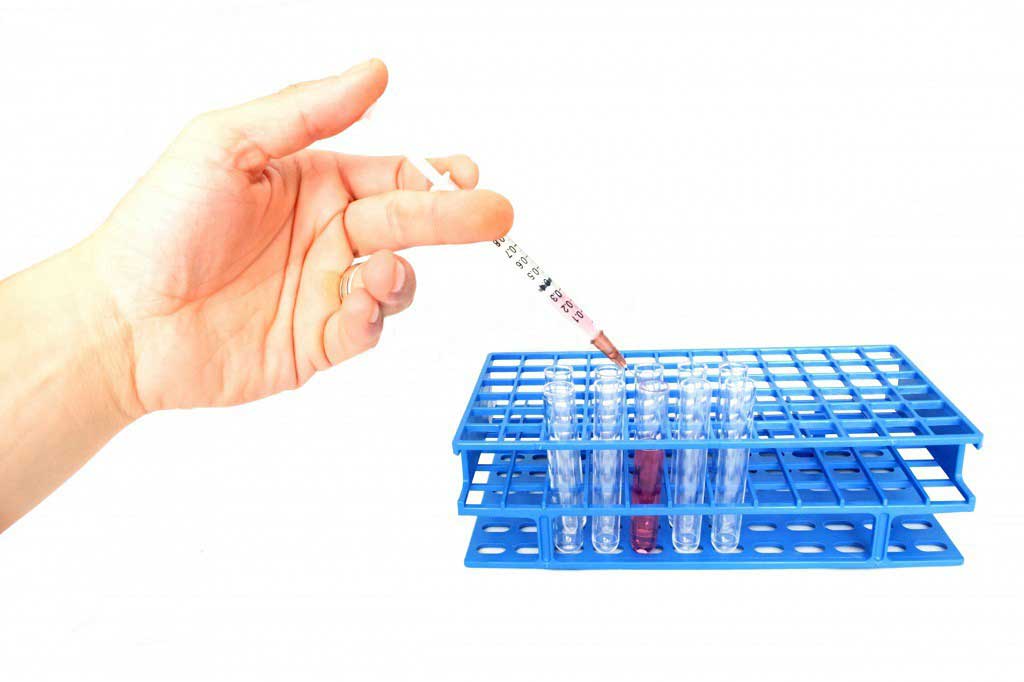Womb cancer
Diagnosing womb cancer
You should visit your GP if you have abnormal vaginal bleeding. While it's unlikely to be caused by womb cancer, it's best to be sure.
Your GP will probably carry out a physical examination of your pelvic area, including your vagina, womb, ovaries, and bladder. They will ask about your symptoms, when they happen, and how often.
You may be referred to a specialist in conditions of the female reproductive organs (a gynaecologist) for further tests. Some of these tests are outlined below.
In 2015, the National Institute for Health and Care Excellence ( NICE ) published guidelines to help GPs recognise the signs and symptoms of gynaecological cancer and refer people for the right tests faster. To find out if you should be referred for further tests for suspected endometrial cancer, read the NICE 2015 guidelines on Suspected Cancer: Recognition and Referral .
Transvaginal ultrasound (TVU)
Another test you may have is called a transvaginal ultrasound (TVU). TVU is a type of Ultrasound scan that uses a small scanner in the form of a probe.
This is placed directly into the vagina to obtain a detailed picture of the inside of the uterus. The probe can feel a little uncomfortable, but shouldn't be painful.
The TVU checks whether there are any changes to the thickness of the lining of your uterus that could be caused by the presence of cancerous cells.
Biopsy
If the results of the TVU detect changes in the thickness of the lining of the uterus, you will usually have a biopsy to confirm the diagnosis.
Ina biopsy, a small sample of cells is taken from the lining of the womb (the endometrium). The sample is then checked at a laboratory for the presence of cancerous cells.
The biopsy can be carried out inseveral ways, including:
- aspiration biopsy a small flexible tube is inserted into your vagina and up into your womb, and then sucks up a small sample of cells
- hysteroscopy this allows the doctor to look at the inside of the womb using a thin type of telescope called a hysteroscope, which is inserted through your vagina and into your womb, allowing the doctor to look at the lining of the womb and take a sample from it
In some cases, a hysteroscopy may be used before dilatation and curettage (D&C). D&C is a minor surgical procedurecarried out under general anaesthetic ,where some tissue from the womb lining is removed. The tissueis then sent off to a laboratory for further testing.
Blood test
A blood test can sometimes help diagnose womb cancer. This is because some cancerous tumours release certain chemicals into your blood, known as tumour markers, which can be detected during a blood test.
However, this type of test isn't very reliable. The presence of these chemicals doesn't mean you definitely have womb cancer. Some people with womb cancer don't have these chemicals in their blood.
Want to know more?
- Cancer Research UK: womb cancer tests
- Macmillan: how womb cancer is diagnosed
Tests if you havewomb cancer
If you're diagnosed with womb cancer, you may have further teststo help determine the stage of the cancer. Staging the cancer will allow the doctors to work out how large the cancer is, whether or not it has spread, and the best treatment options for you.
These tests may include:
- achest X-ray where radiation is used to check if the cancer has spread to the lungs
- magnetic resonance imaging (MRI) where magnetic fields are used to create adetailed image of the inside of your bodyto check if the cancer has spread
- a computerised tomography (CT) scan where a series of X-rays are used to create a detailed image of the inside of your bodyto check if the cancer has spread
- further blood tests these are usually doneto check your general health and how well some of your organs are functioning
See treating womb cancer for more information about staging.
Want to know more?
- Preparing for your cancertest results
- Cancer Research UK: further tests for womb cancer
Introduction
Cancer of the womb (uterus) is a common cancer of the female reproductive system that often causes abnormal vaginal bleeding.
Symptoms of womb cancer
The most common symptom of womb cancer is abnormal bleeding from the vagina, although most people with abnormal bleeding do not have cancer.
Causes of womb cancer
It's not known exactly what causes uterine (womb) cancer, but there are certain things that can increase your risk.
Diagnosing womb cancer
You should visit your GP if you have abnormal vaginal bleeding. While it's unlikely to be caused by womb cancer, it's best to be sure.
Treating womb cancer
Surgery is the main treatment for womb cancer, although different methods can be used depending on your personal circumstances.
Living with womb cancer
A diagnosis of cancer is a challenge for most people. How cancer affects your daily life depends on the stage of your cancer and the treatments used.







 Subscribe
Subscribe Ask the doctor
Ask the doctor Rate this article
Rate this article Find products
Find products